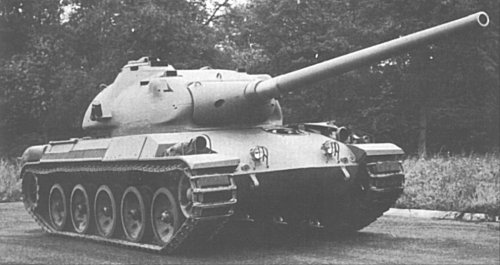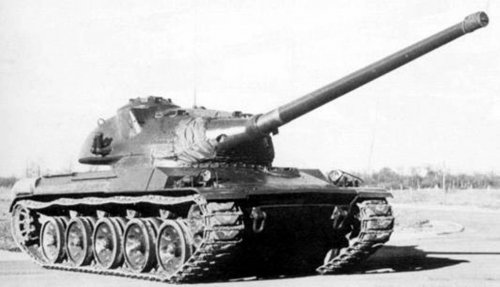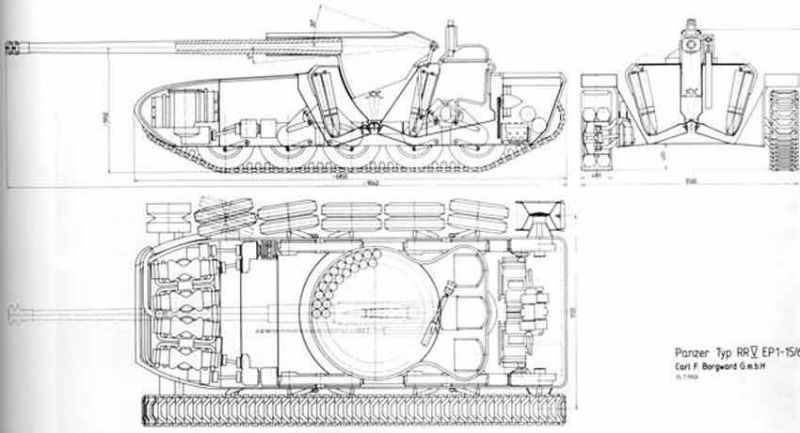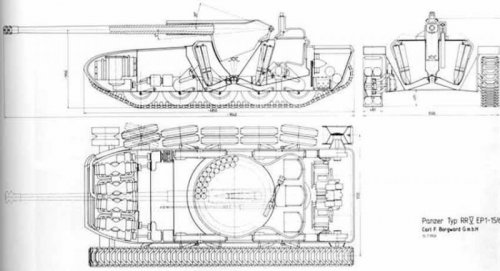The Leopard project started in November 1956 in order to develop a modern tank, the Standard-Panzer, to replace the Bundeswehr's American-built M47 and M48 Patton tanks, which, though just delivered to West Germany's recently reconstituted army, were rapidly growing outdated. On 25 July 1957 the detailed specifications were released; the new design needed to weigh no more than thirty metric tons, have a power-to-weight ratio of thirty horsepower per ton, be able to withstand hits by 20 mm rapid-fire guns on every side as well as operate in a battlefield contaminated with chemical weapons or radioactive fallout, the then-standard baseline for combat with the Warsaw Pact. In addition the main armament had to consist of a 105 mm caliber weapon (the new British L7A3 105 mm gun was selected), carrying at least as many rounds as current US tank designs. Mobility was the priority while firepower came second; armour was seen as less essential, as it was believed no real protection against hollow charge weapons was possible anyway.
Leopard 1 prototype
France was very interested in the design as its own AMX 50 project had just failed. In June 1957, West Germany and the French Fourth Republic signed an agreement to develop a common tank, designated in German Europa-Panzer. Three German (Arbeitsgruppe A, B and C) and one French design team would be included in a competition, with each team producing two prototypes each. In September, 1958 Italy joined the development program. Several prototypes were entered for testing in 1960. Among the prototypes were Porsche's Model 734 from team A, sporting a cast turret and that of team B (Rheinmetall) whose cast turret was somewhat higher. Team C from Borgward, designing a very futuristic tank, failed to have a prototype ready in time.
Even before these first prototypes were finished, it had (in 1959) been decided that a second phase with improved designs would be started: Team A had to build 26 phase II Prototypes for testing, team B six. Only two tanks of the required six would actually be constructed by team B.
Leopard 1 Prototype II
The Porsche Prototype II was eventually selected as the winner of the contest in 1963; this did not come as a surprise: it had already been decided in 1961 to build a preseries of fifty vehicles based on this design; production of these was started that very year. This "0-series" was modified with a new cast turret and several hull changes to raise the rear deck to provide more room in the engine compartment, and move some of the radiators to the upper sides of the hull. Before mass production of the standard version started it was also decided to add an optical range-finding system for better long-range gunnery, which required the turret to be somewhat taller, and added "bumps" on either side of the turret to mount the optics for triangulation. In 1963 France and Germany had decided to each build their own tank; Germany continued with the Leopard, while France built the similar AMX-30.




